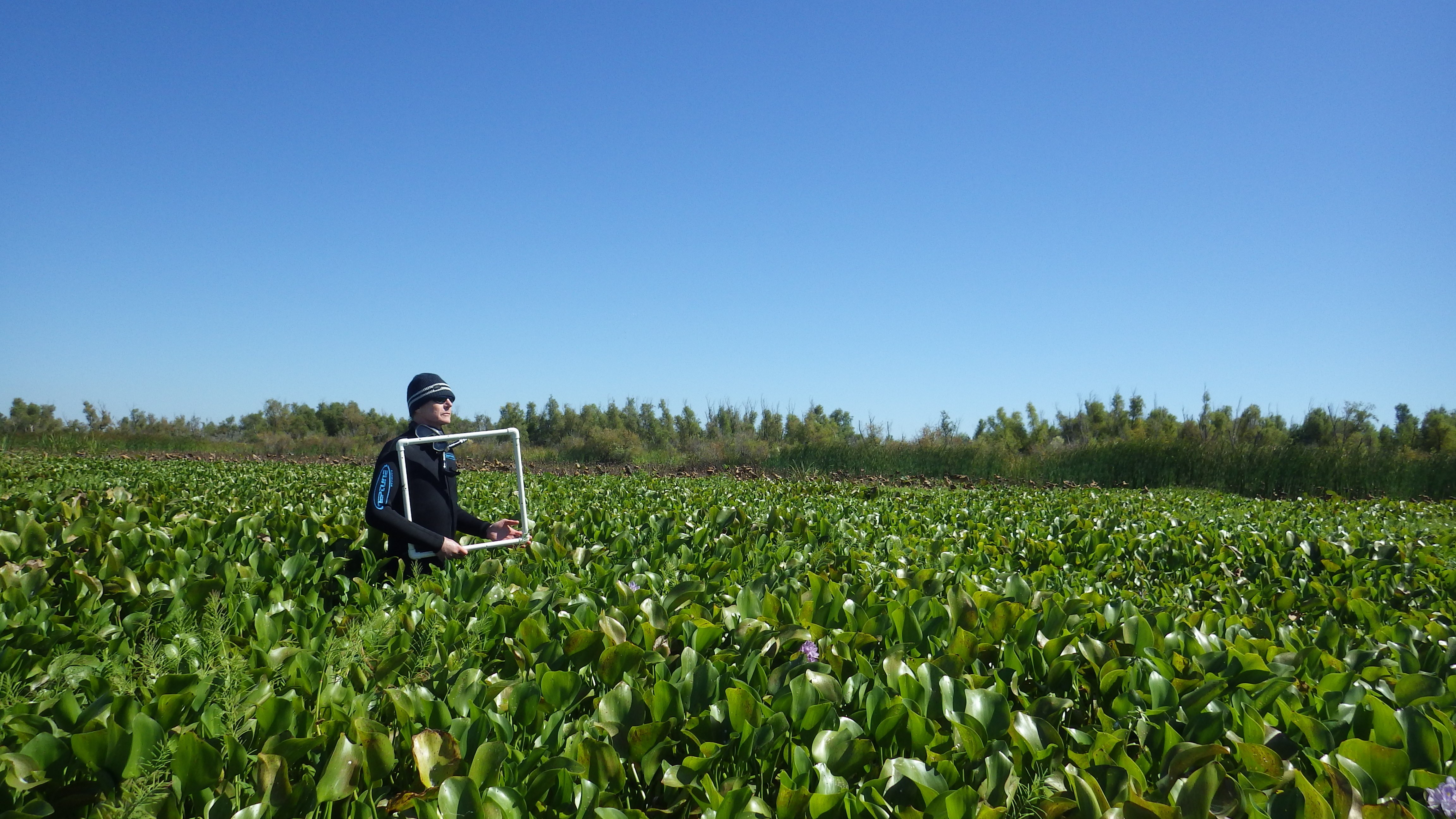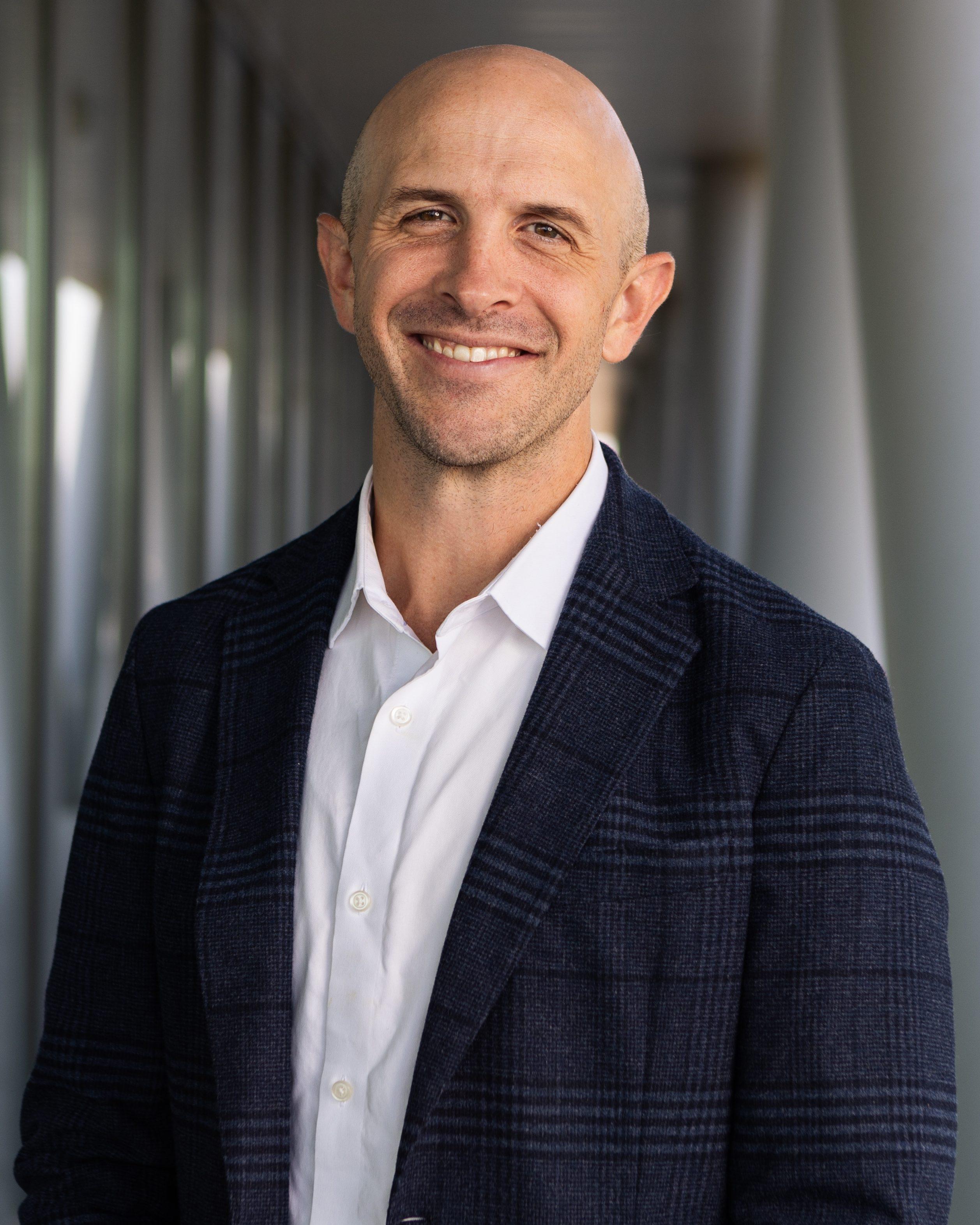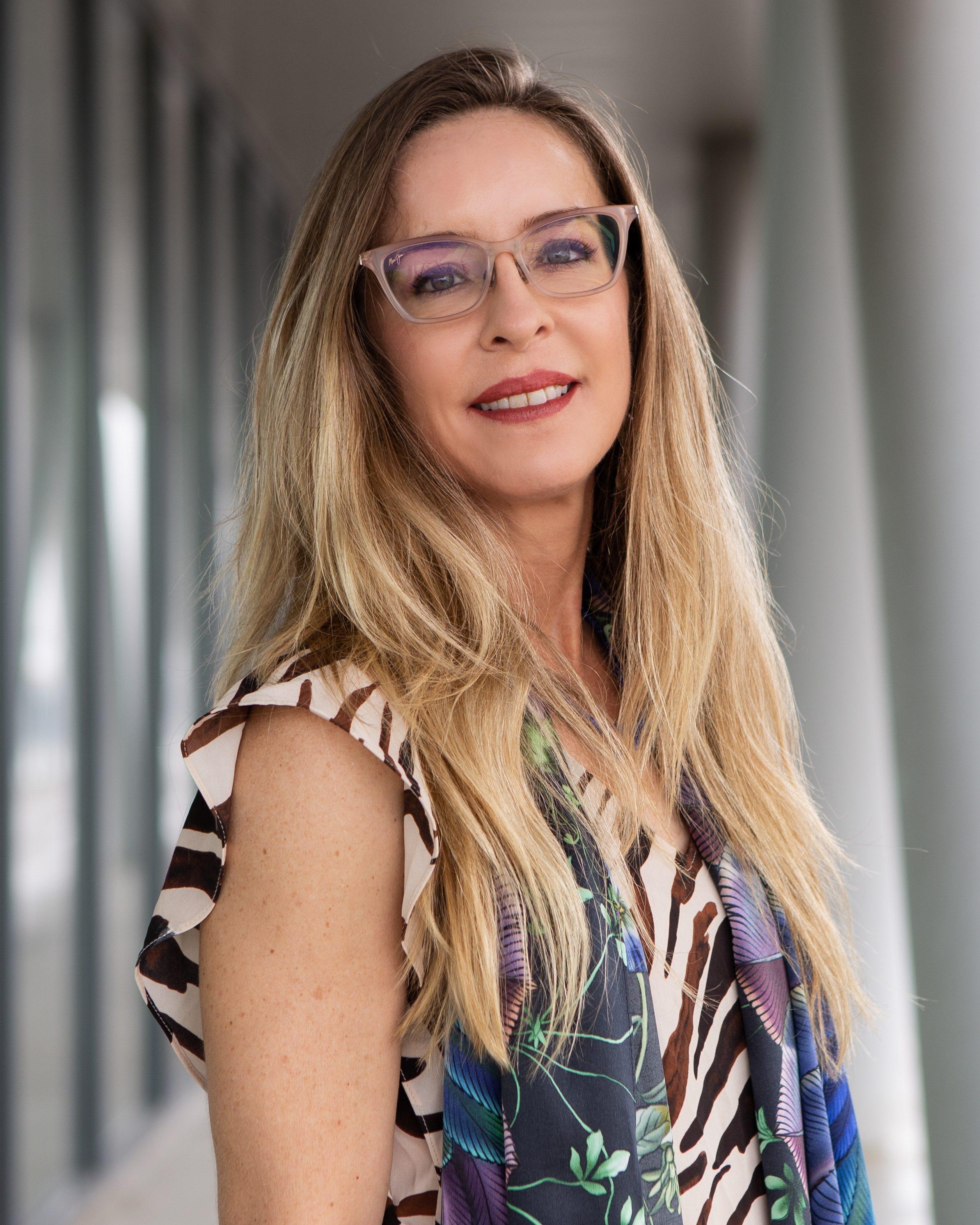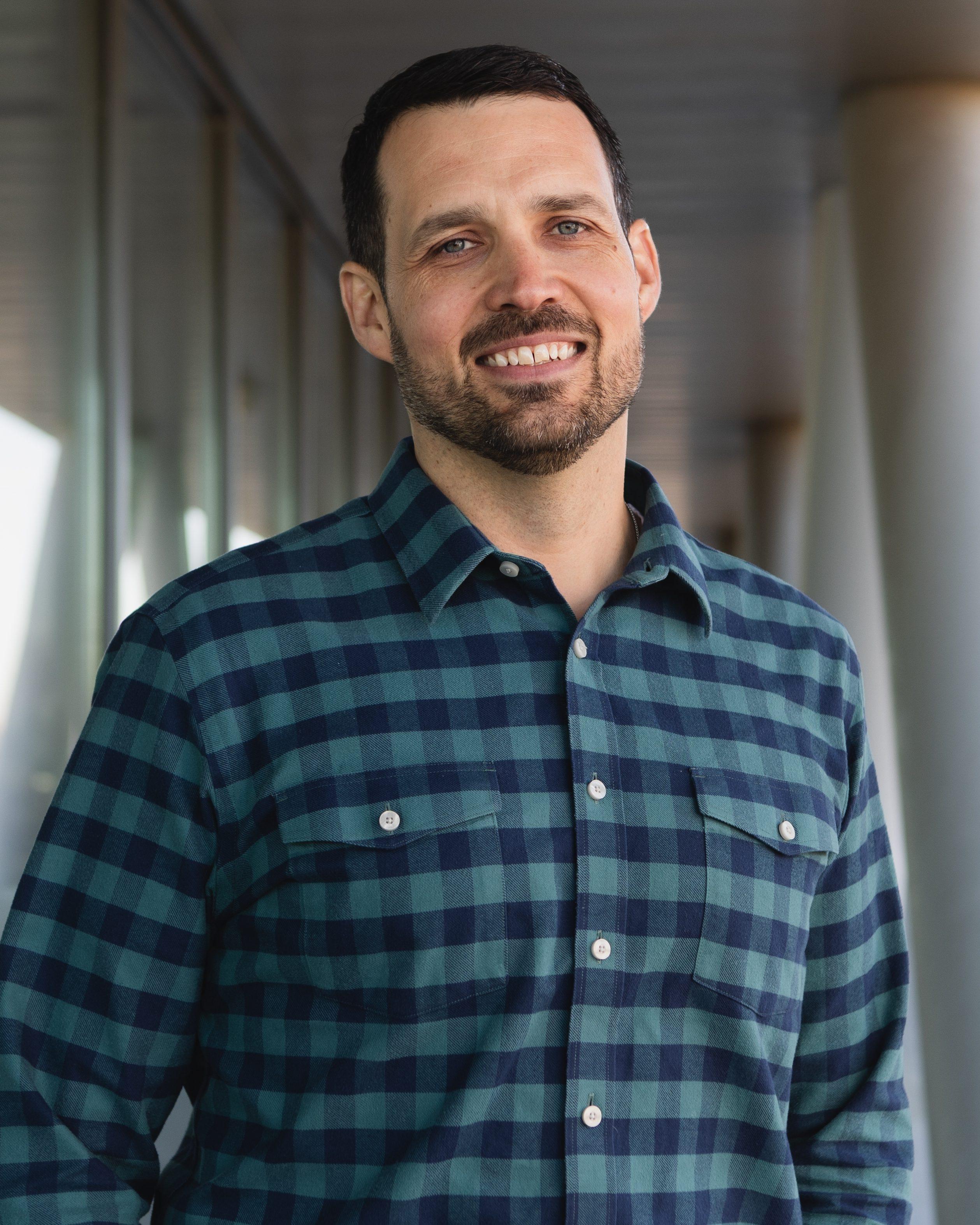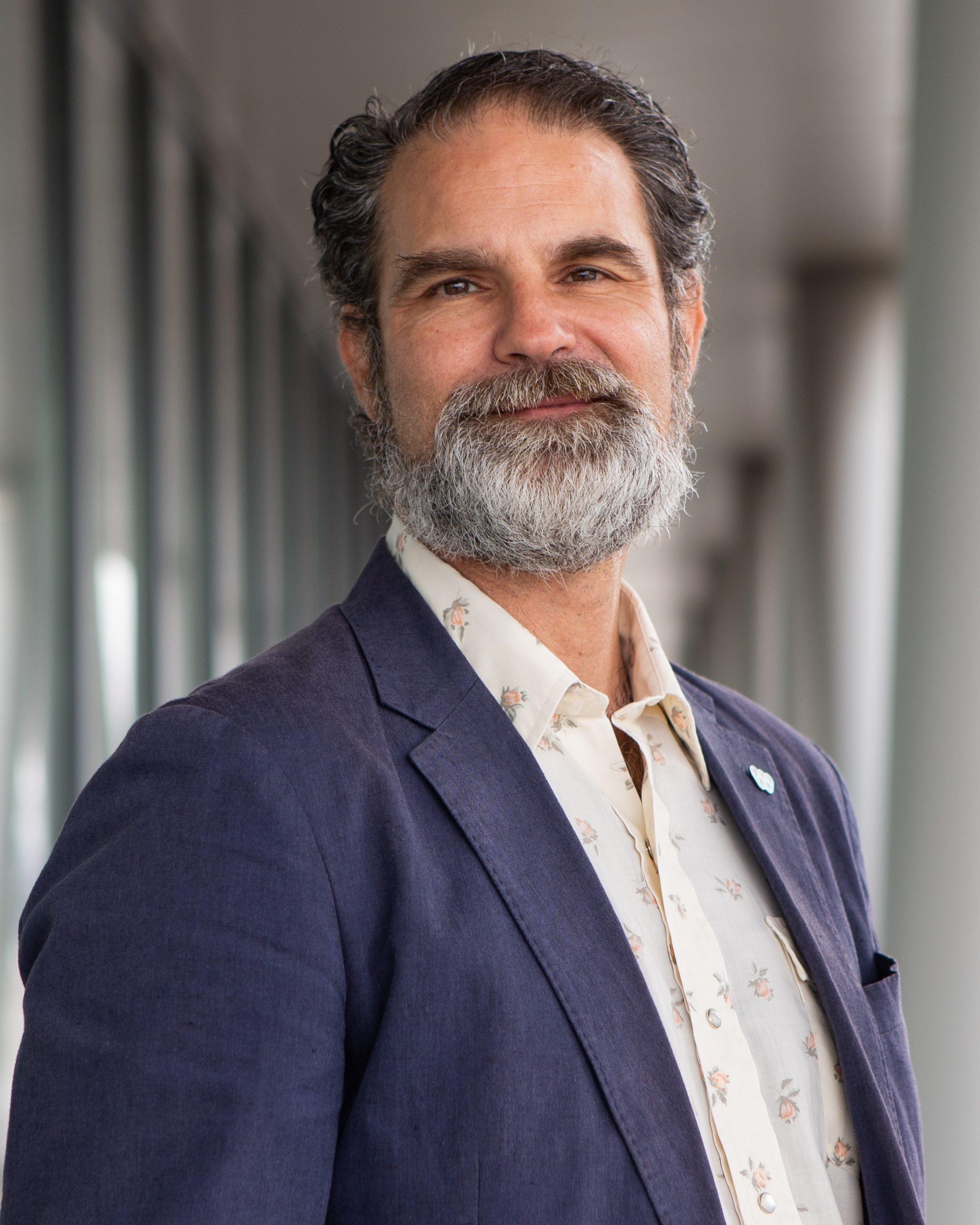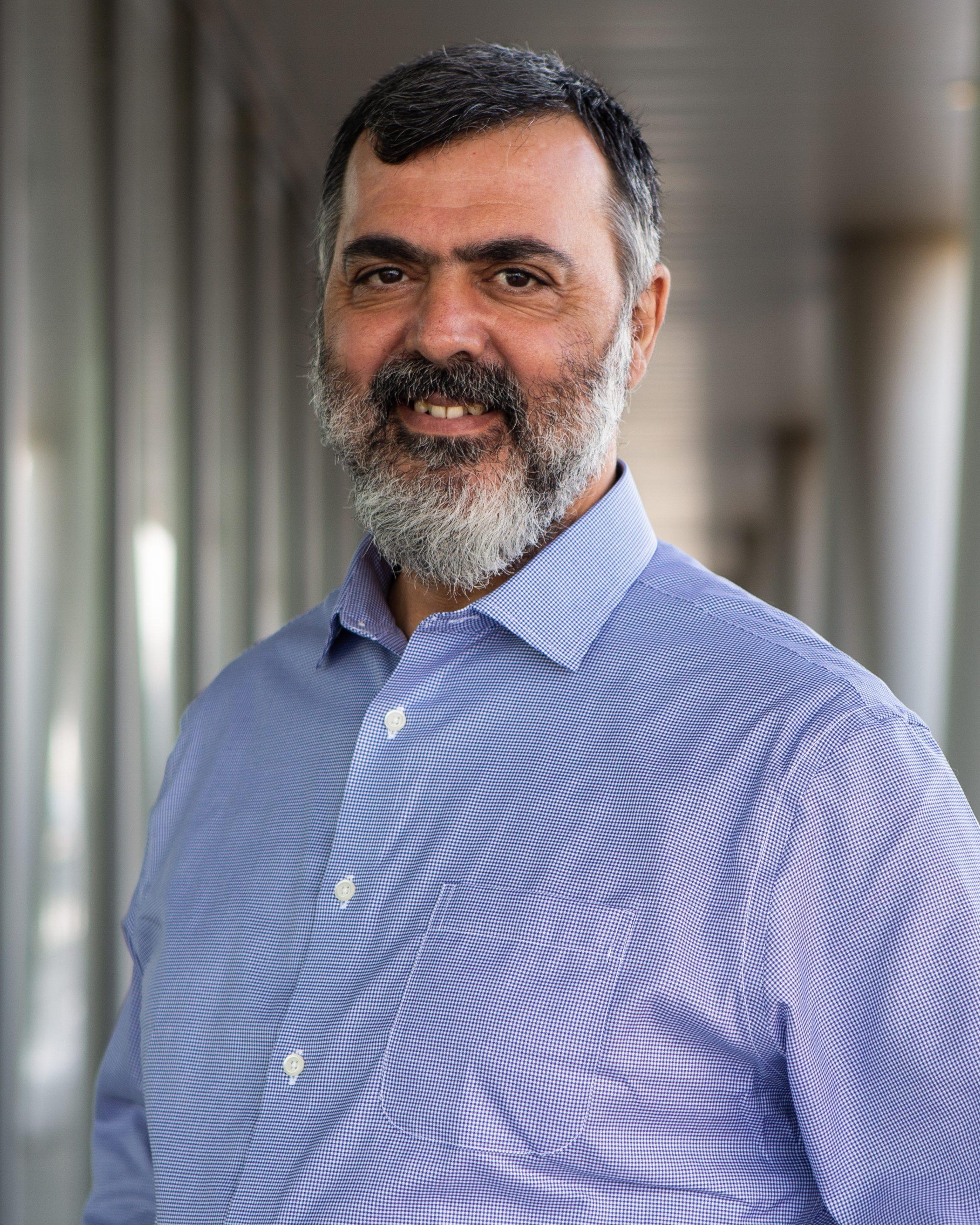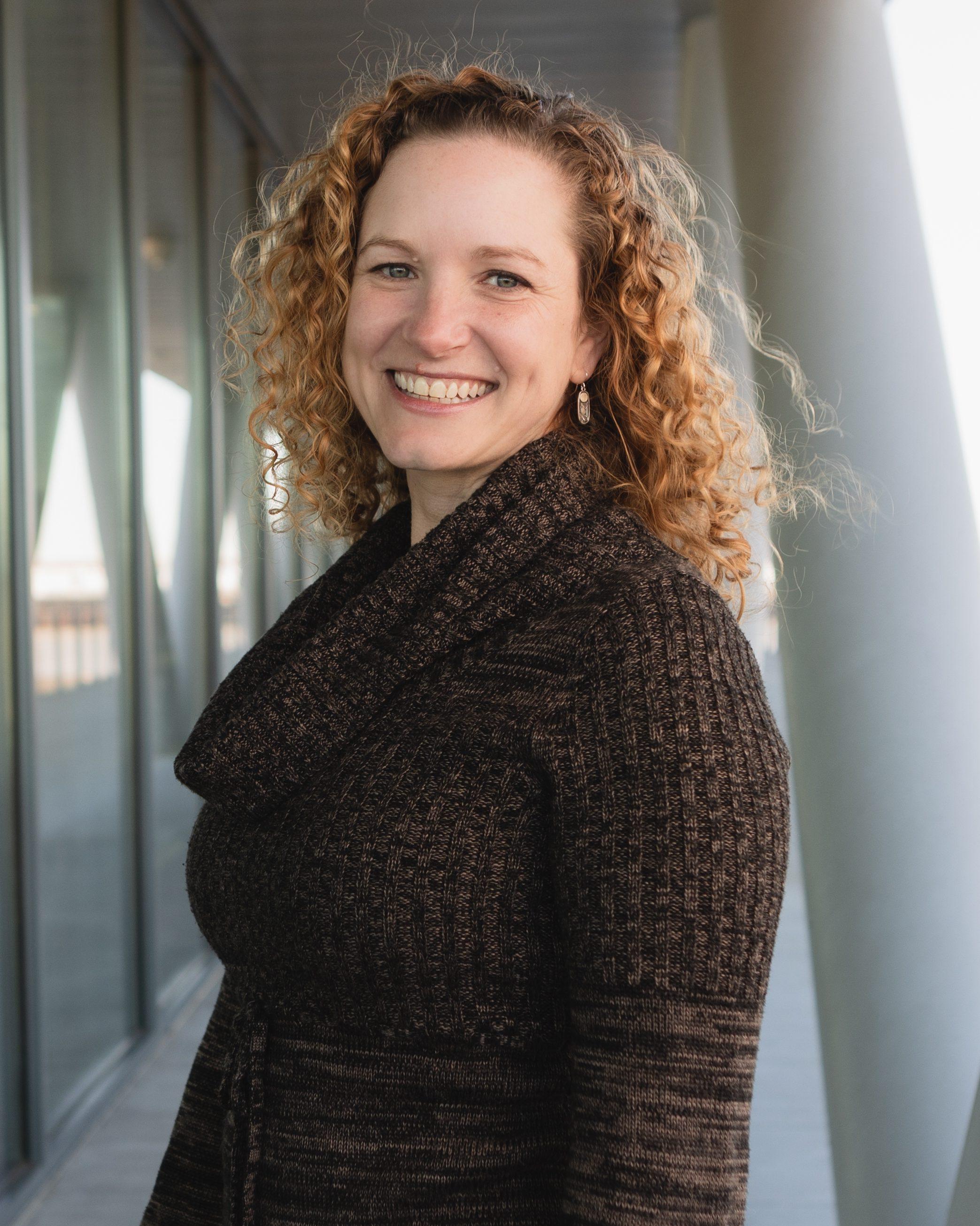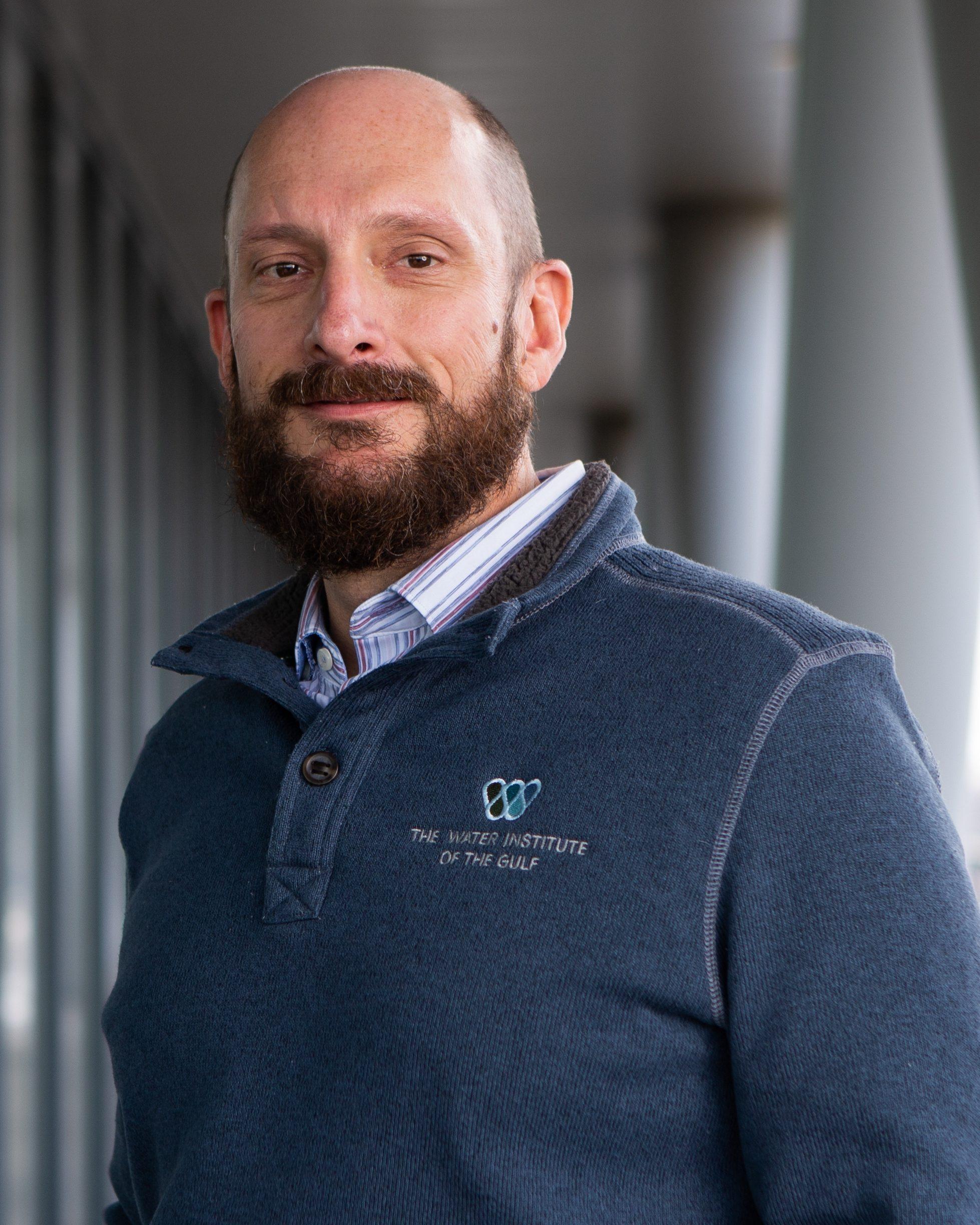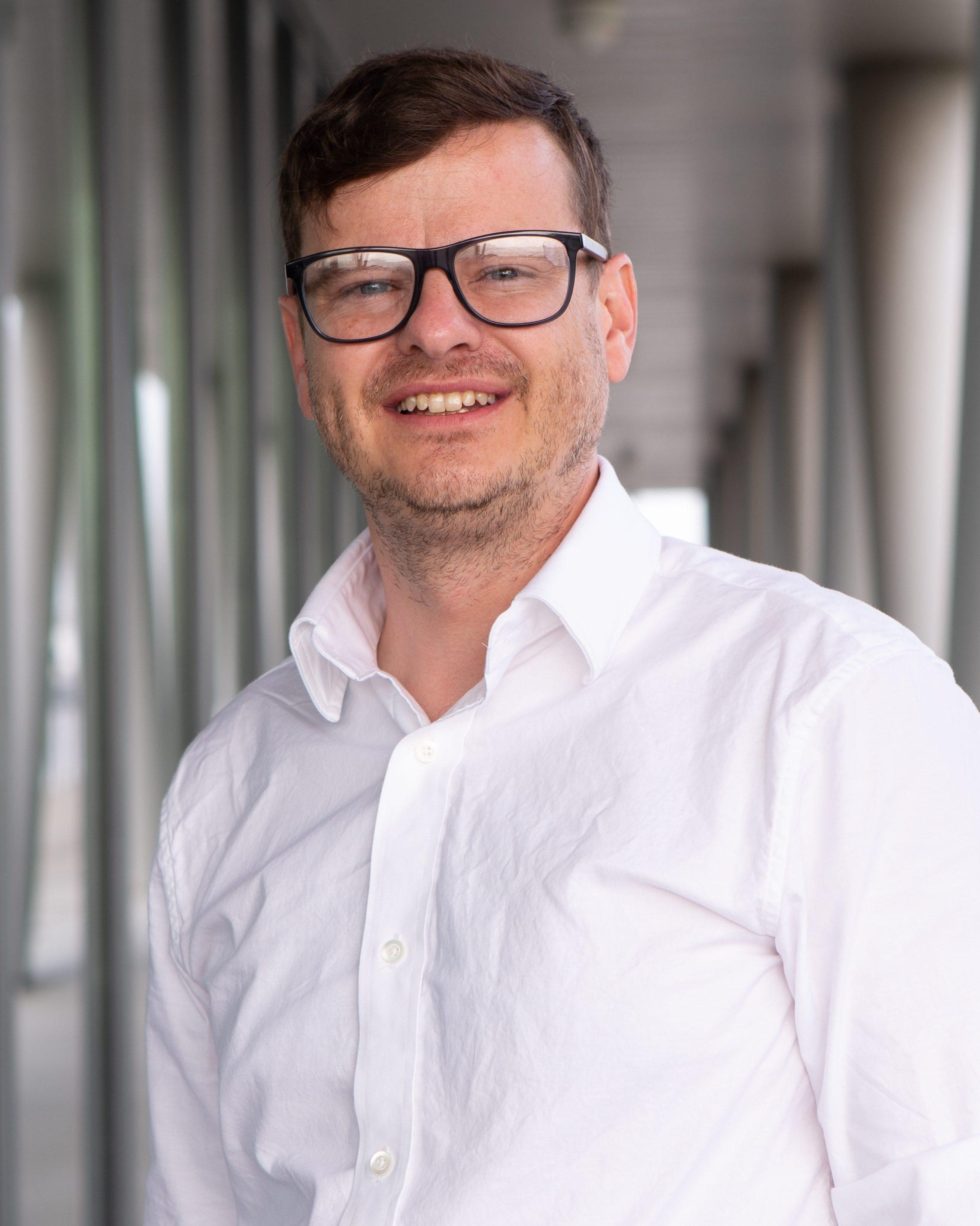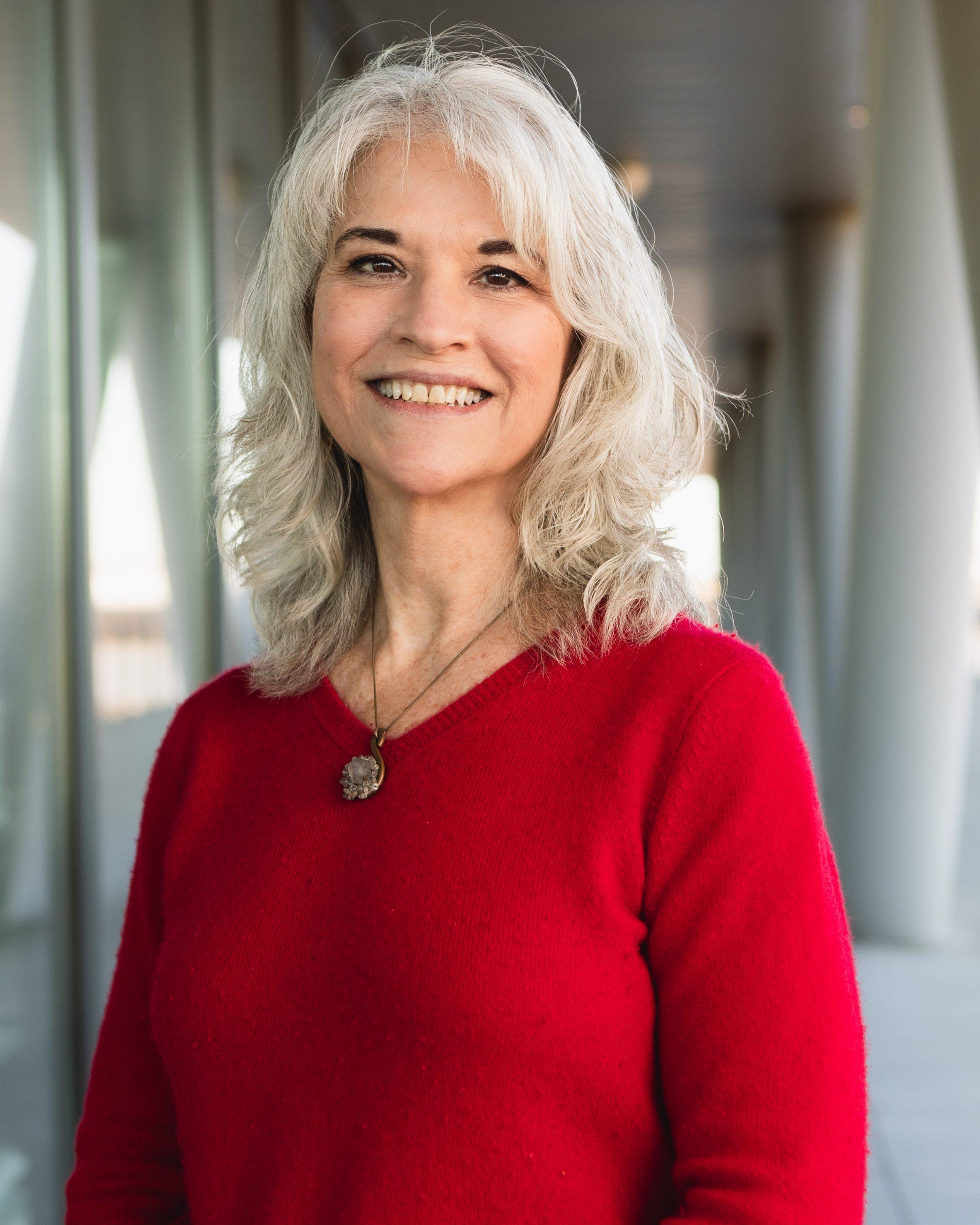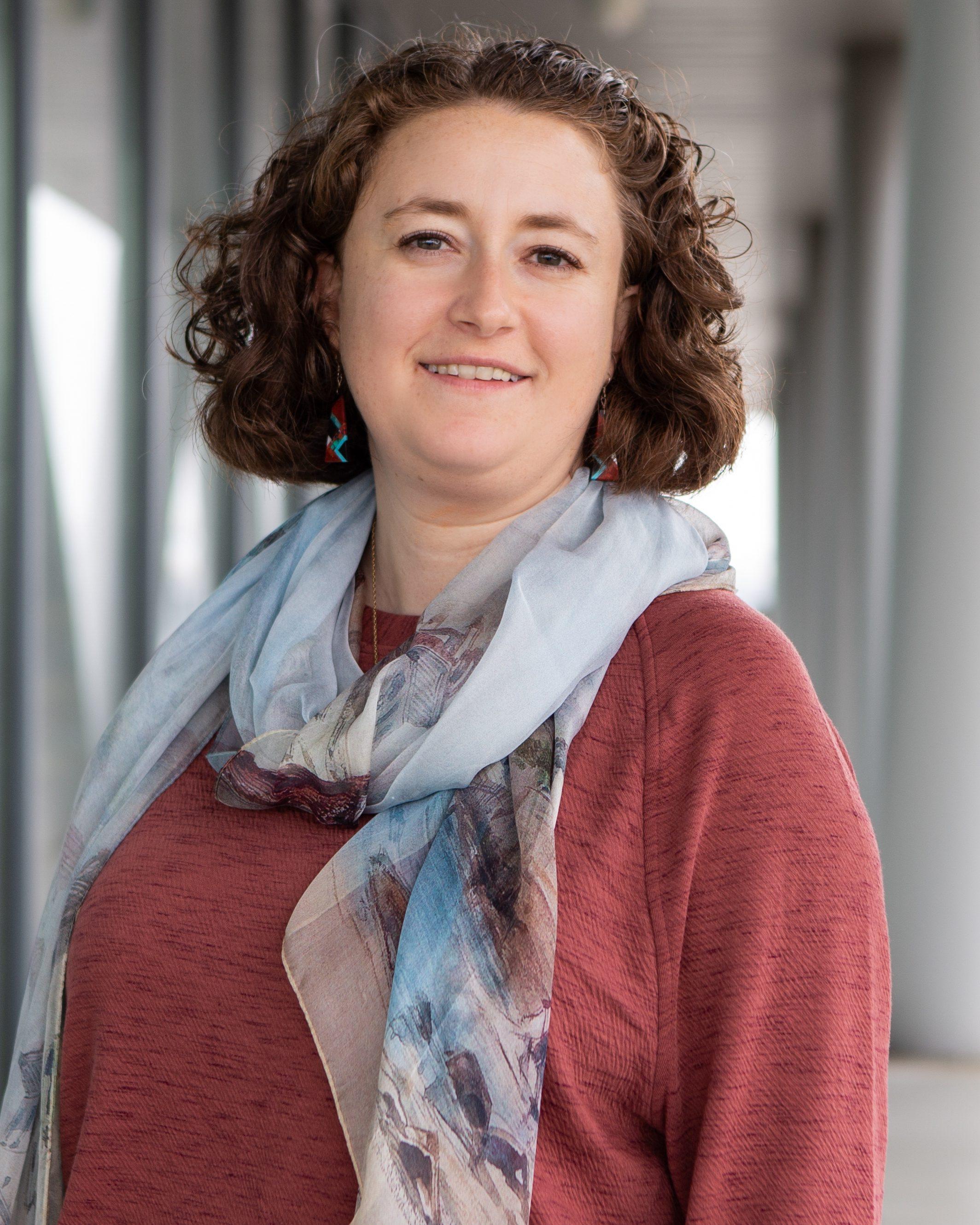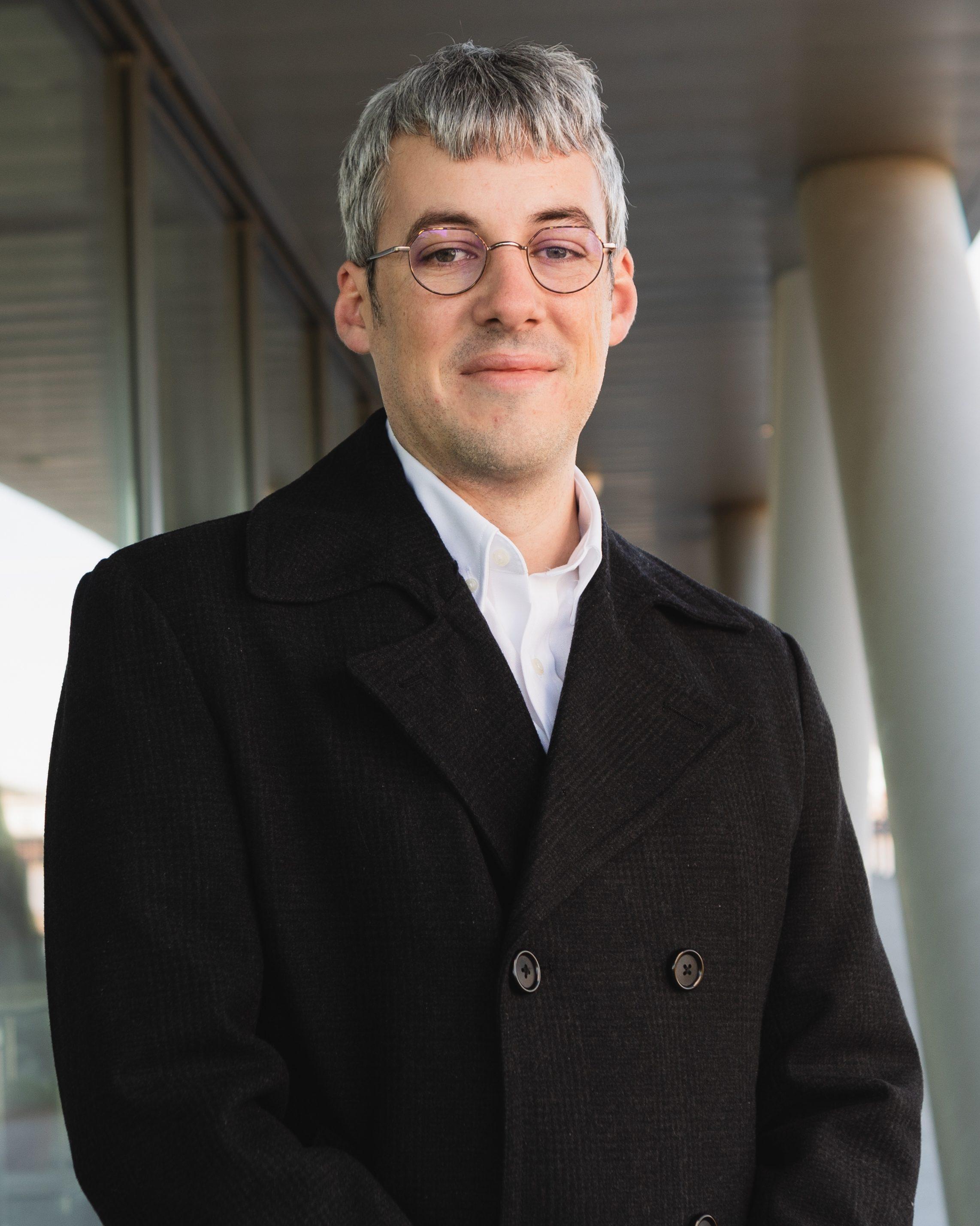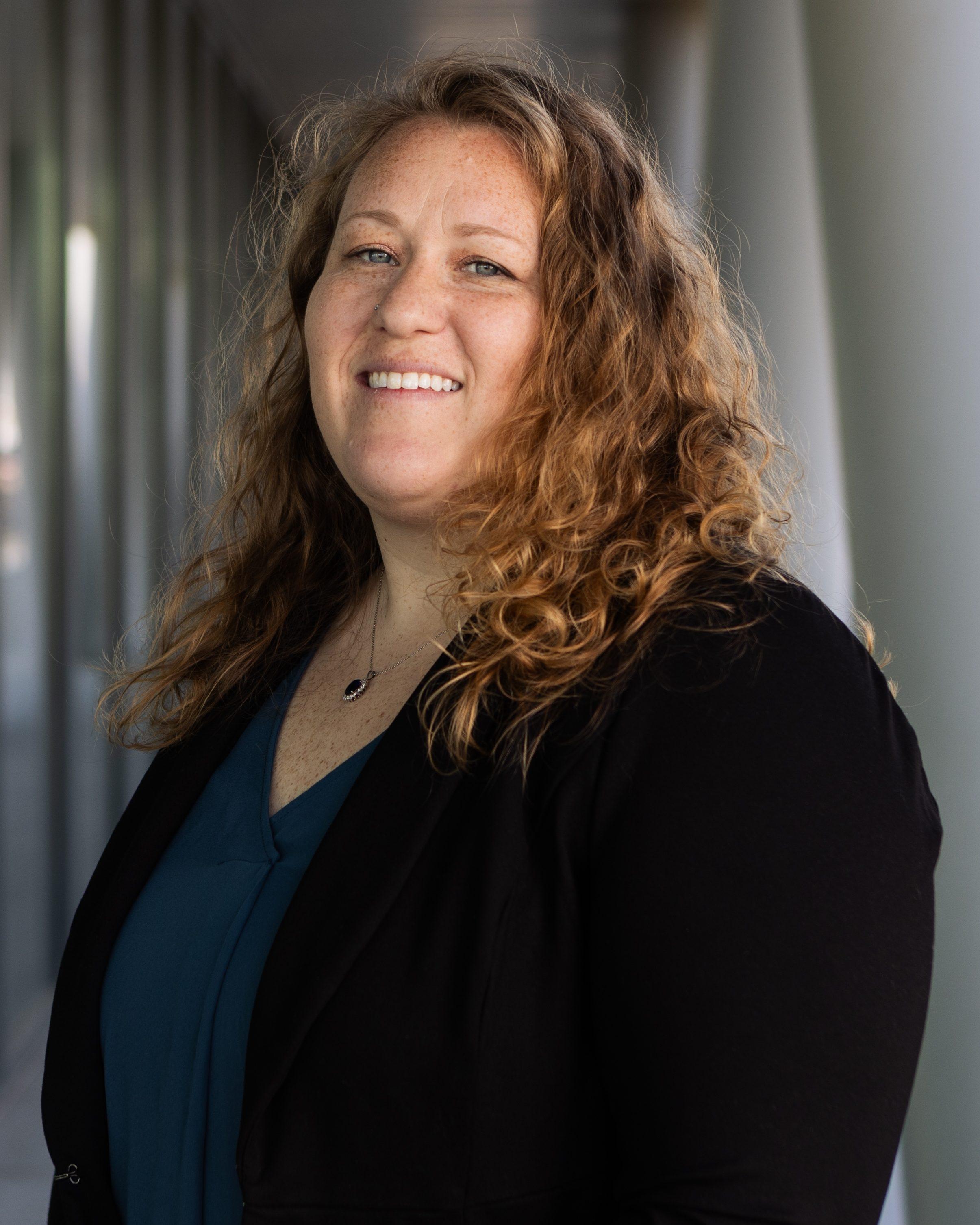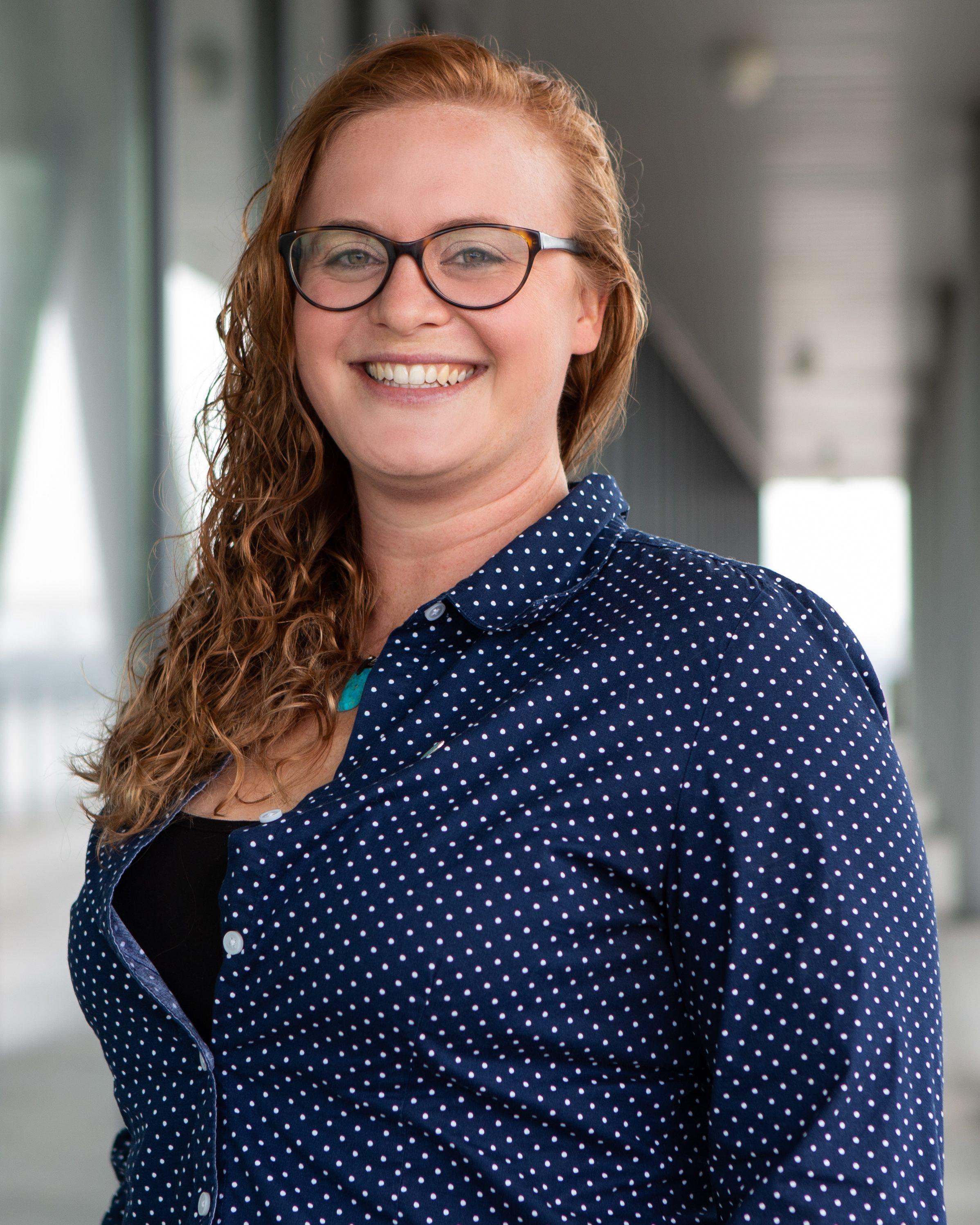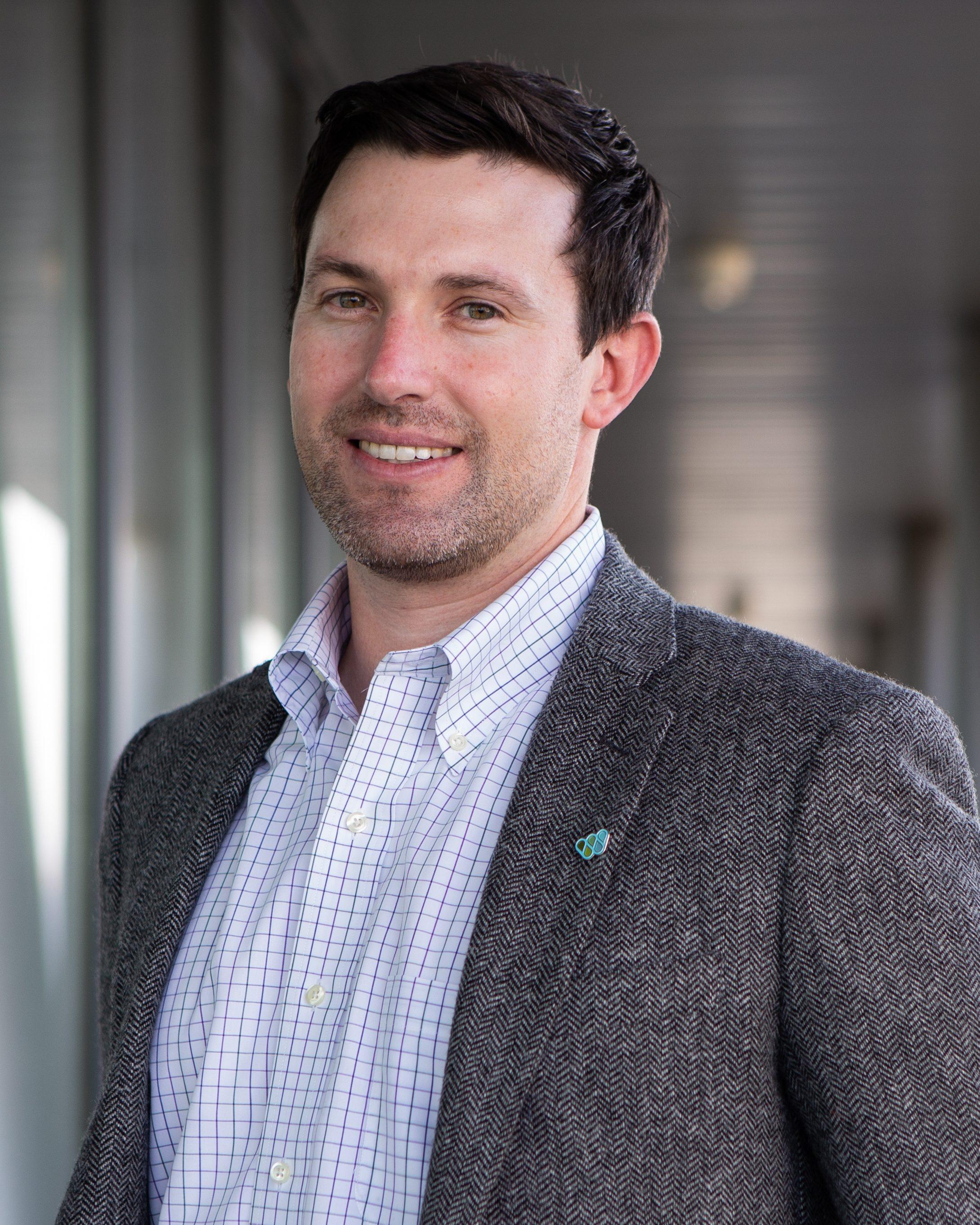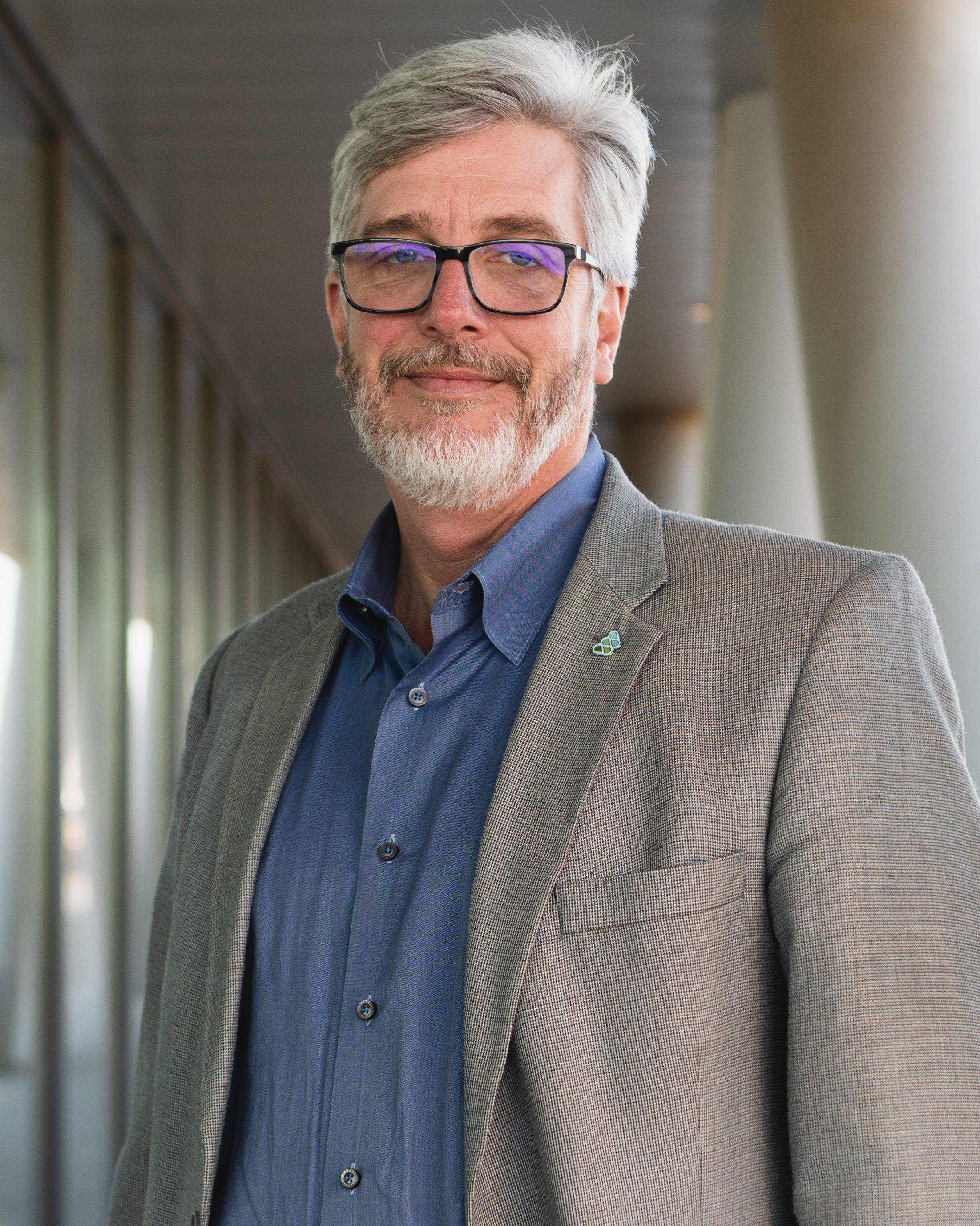Quantifying Blue Carbon in Coastal Louisiana Wetlands for Potential Accreditation
The Challenge
Recent research on coastal wetlands indicates they play an important role in the global carbon cycle and have the potential to be an important component of national GHG emission strategies, to meet the demand of the international voluntary carbon markets and incentivize private investment through the revenue potentially generated from carbon markets.
Globally, marsh, mangrove, and seagrass ecosystems make up only 5-8% of Earth’s land surface, yet collectively store between 20% and 30% of all soil carbon. Louisiana’s coastal wetland area represents almost 40% of the wetland area in the contiguous USA and approximately 6-8% of the global carbon accumulation in salt marshes.
Currently, Louisiana’s Coastal Master Plan and Annual Plan outlines billions in spending on coastal restoration efforts that will store carbon that has potential to be accredited within a market. However, existing scientific uncertainties and research gaps result in low (conservative) assumptions about Louisiana’s marsh’s ability to capture carbon and prevent current carbon market policies and frameworks from unlocking the carbon potential in Louisiana.
There are four factors driving the urgent need to generate blue carbon credits for coastal Louisiana wetlands: the global need to reduce atmospheric GHGs; the state of Louisiana’s goal to meet state GHG reduction targets; rapid coastal land loss in this region; and the need for sustainable future funding for the coastal protection and restoration program which is fundamental to sustainable communities, ecosystems, and economy in the state of Louisiana.
By closing the gaps of scientific uncertainty, it will be possible to better quantify Louisiana’s blue carbon potential and provide input to updated accreditation methods.
The potential for a financially viable blue carbon market, a concept discussed by the state’s coastal agencies for years, presents one of three opportunities identified by the state of Louisiana to fill the funding gap that will occur after 2031 when the Deepwater Horizon oil spill settlement payments are exhausted.

The Approach
The Water Institute, as a collaboration hub of numerous partners, will be working together with experts across Louisiana, the northern Gulf of Mexico, and the world to reduce scientific uncertainties critical to informing policy updates needed to establish a financially viable carbon accreditation for tidal marshes in Louisiana.
In addition to assisting the Louisiana Coastal Protection and Restoration Authority (CPRA) with the quantification of carbon potentially sequestered in coastal Louisiana wetlands, The Water Institute has been working since early 2022 to identify partners and funding opportunities to help the state leverage voluntary carbon markets to incentivize private investment in coastal restoration and protection projects.
Regardless of the future potential for a viable marketplace, the coastal program has an interest in understanding more about the nature and scale of Louisiana’s working lands’ contribution to the greenhouse gas balance. These include Louisiana’s own net zero goals, as well as opportunities to better quantify the benefits of coastal restoration projects.
This work is ongoing and continues to receive increasing interest.
